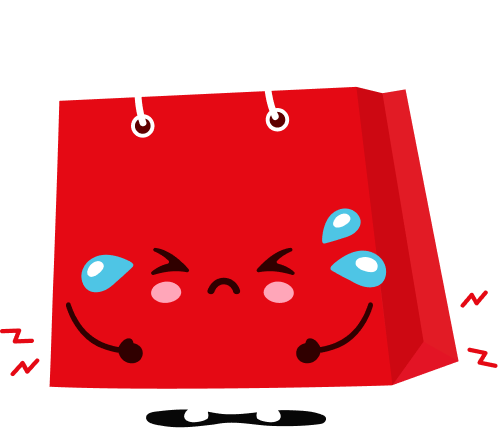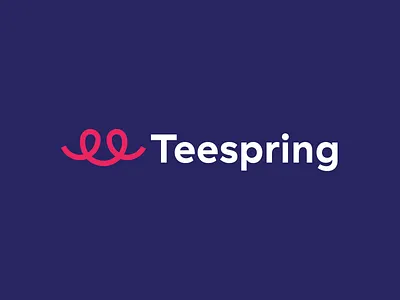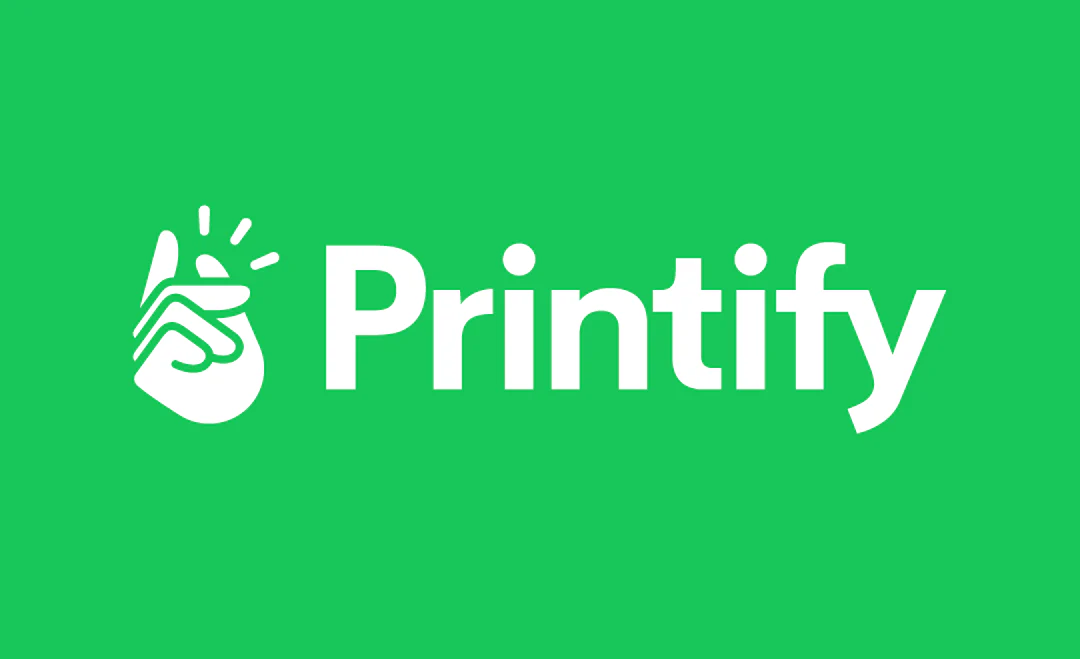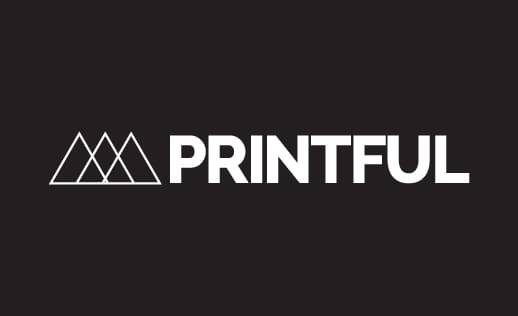Redbubble
📘 Tool Name: Redbubble
🔗 Official Site: https://www.redbubble.com
🎥 AIC Contributor: https://www.tiktok.com/@lifeofatechceo
🧩 Quick Look
Redbubble is a print-on-demand marketplace for artists to sell custom designs on various products.
Beginner Benefit: Easy setup with hands-off fulfillment and built-in traffic!
🌟 Redbubble 101
Redbubble, launched in 2006, is a print-on-demand platform designed to help artists and creators sell custom designs on products like t-shirts, stickers, and phone cases, with fulfillment handled by the platform. It connects creators to a global audience, boasting over 30 million monthly visitors, and uses algorithms to promote designs. The tool is popular among independent artists and hobbyists for its ease of use and built-in marketplace.
Redbubble offers a simple upload tool, product customization options, and automatic fulfillment, targeting creators who want to monetize their art without managing inventory. It’s accessible via web, with a focus on community-driven sales and discovery. While it doesn’t use AI for design, its algorithm-driven visibility helps surface trending designs to potential buyers.
Redbubble is free to join, but it takes a significant cut, leaving creators with low margins—often $3–$5 per t-shirt—and offers no customer data or branding control. Its value lies in its hands-off approach, ideal for testing trends or starting a side hustle. However, posts on X note that its algorithm can be unpredictable, making consistent sales challenging for some users.
📚 Key AI Concepts Explained
Algorithmic Visibility: Promotes designs based on trends.
Marketplace Matching: Connects artists to buyers automatically.
📖 Words to Know
Margin: Profit per sale after Redbubble’s cut.
Fulfillment: Printing and shipping by the platform.
Marketplace: Redbubble’s built-in sales platform.
🎯 Imagine This
Think of Redbubble as a global stage for your art, with automated sales support!
🌟 Fun Fact About the Tool
Did You Know? Redbubble supports over 70 unique product types!
✅ Pros
Easy setup for artists.
Hands-off fulfillment process.
Built-in traffic of 30M+ monthly visitors.
❌ Cons
Low profit margins ($3–$5 per item).
No customer data or branding control.
Algorithm-driven visibility can be unpredictable.
🧪 Use Cases
Sell custom t-shirts with your artwork.
Test sticker designs on Redbubble’s marketplace.
Monetize fan art through phone case sales.
💰 Pricing Breakdown
Free: No setup cost; Redbubble takes a cut per sale.
Paid: No paid plans; margins depend on pricing.
Check the official site for current details.
🌟 Real-World Examples
An artist sold custom stickers on Redbubble.
A designer tested t-shirt trends with the platform.
⚠️ Initial Warnings
Expect low margins on sales.
Use for testing, not long-term branding.
Monitor algorithm impact on visibility.
❓ Beginner FAQ
Is Redbubble free? Yes, but it takes a cut per sale.
Do I need tech skills? No, it’s very user-friendly.
What does it do? Sells custom art on products.
🚀 Getting Started
Visit https://www.redbubble.com and sign up.
Upload your designs and choose products.
Set your prices and start selling!
💡 Power-Ups
Use trending designs to boost visibility.
Experiment with multiple product types.
Promote your Redbubble shop on social media.
🎯 Difficulty Score: 1/10 🟢 (Very Easy)
Redbubble’s interface is extremely simple, allowing artists to upload designs and start selling with no technical skills required. The setup takes minutes for basic use.
The challenge lies in optimizing visibility and margins, but it’s straightforward for beginners to get started.
⭐ Official AI-Driven Rating: 8.3/10
Redbubble excels in providing a hands-off print-on-demand marketplace with significant built-in traffic, making it easy for beginners to start selling. Its global reach and variety of products add value.
The low margins, lack of branding control, and unpredictable algorithm are drawbacks, though posts on X highlight its ease of use. It’s a great choice for testing designs but not for building a brand.
⚖️ Stay Safe
Warning: Our content is provided for informational purposes only; we urge users to conduct their own research (DYOR) to make informed decisions and protect themselves from potential risks. We’re here to showcase tools, not guide financial decisions, so verify the site’s authenticity before sharing personal data and always perform your own due diligence to ensure safety!
🔗 Official Site: https://www.redbubble.com
🎥 AIC Contributor: https://www.tiktok.com/@lifeofatechceo
🧩 Quick Look
Redbubble is a print-on-demand marketplace for artists to sell custom designs on various products.
Beginner Benefit: Easy setup with hands-off fulfillment and built-in traffic!
🌟 Redbubble 101
Redbubble, launched in 2006, is a print-on-demand platform designed to help artists and creators sell custom designs on products like t-shirts, stickers, and phone cases, with fulfillment handled by the platform. It connects creators to a global audience, boasting over 30 million monthly visitors, and uses algorithms to promote designs. The tool is popular among independent artists and hobbyists for its ease of use and built-in marketplace.
Redbubble offers a simple upload tool, product customization options, and automatic fulfillment, targeting creators who want to monetize their art without managing inventory. It’s accessible via web, with a focus on community-driven sales and discovery. While it doesn’t use AI for design, its algorithm-driven visibility helps surface trending designs to potential buyers.
Redbubble is free to join, but it takes a significant cut, leaving creators with low margins—often $3–$5 per t-shirt—and offers no customer data or branding control. Its value lies in its hands-off approach, ideal for testing trends or starting a side hustle. However, posts on X note that its algorithm can be unpredictable, making consistent sales challenging for some users.
📚 Key AI Concepts Explained
Algorithmic Visibility: Promotes designs based on trends.
Marketplace Matching: Connects artists to buyers automatically.
📖 Words to Know
Margin: Profit per sale after Redbubble’s cut.
Fulfillment: Printing and shipping by the platform.
Marketplace: Redbubble’s built-in sales platform.
🎯 Imagine This
Think of Redbubble as a global stage for your art, with automated sales support!
🌟 Fun Fact About the Tool
Did You Know? Redbubble supports over 70 unique product types!
✅ Pros
Easy setup for artists.
Hands-off fulfillment process.
Built-in traffic of 30M+ monthly visitors.
❌ Cons
Low profit margins ($3–$5 per item).
No customer data or branding control.
Algorithm-driven visibility can be unpredictable.
🧪 Use Cases
Sell custom t-shirts with your artwork.
Test sticker designs on Redbubble’s marketplace.
Monetize fan art through phone case sales.
💰 Pricing Breakdown
Free: No setup cost; Redbubble takes a cut per sale.
Paid: No paid plans; margins depend on pricing.
Check the official site for current details.
🌟 Real-World Examples
An artist sold custom stickers on Redbubble.
A designer tested t-shirt trends with the platform.
⚠️ Initial Warnings
Expect low margins on sales.
Use for testing, not long-term branding.
Monitor algorithm impact on visibility.
❓ Beginner FAQ
Is Redbubble free? Yes, but it takes a cut per sale.
Do I need tech skills? No, it’s very user-friendly.
What does it do? Sells custom art on products.
🚀 Getting Started
Visit https://www.redbubble.com and sign up.
Upload your designs and choose products.
Set your prices and start selling!
💡 Power-Ups
Use trending designs to boost visibility.
Experiment with multiple product types.
Promote your Redbubble shop on social media.
🎯 Difficulty Score: 1/10 🟢 (Very Easy)
Redbubble’s interface is extremely simple, allowing artists to upload designs and start selling with no technical skills required. The setup takes minutes for basic use.
The challenge lies in optimizing visibility and margins, but it’s straightforward for beginners to get started.
⭐ Official AI-Driven Rating: 8.3/10
Redbubble excels in providing a hands-off print-on-demand marketplace with significant built-in traffic, making it easy for beginners to start selling. Its global reach and variety of products add value.
The low margins, lack of branding control, and unpredictable algorithm are drawbacks, though posts on X highlight its ease of use. It’s a great choice for testing designs but not for building a brand.
⚖️ Stay Safe
Warning: Our content is provided for informational purposes only; we urge users to conduct their own research (DYOR) to make informed decisions and protect themselves from potential risks. We’re here to showcase tools, not guide financial decisions, so verify the site’s authenticity before sharing personal data and always perform your own due diligence to ensure safety!







Not Rated Yet